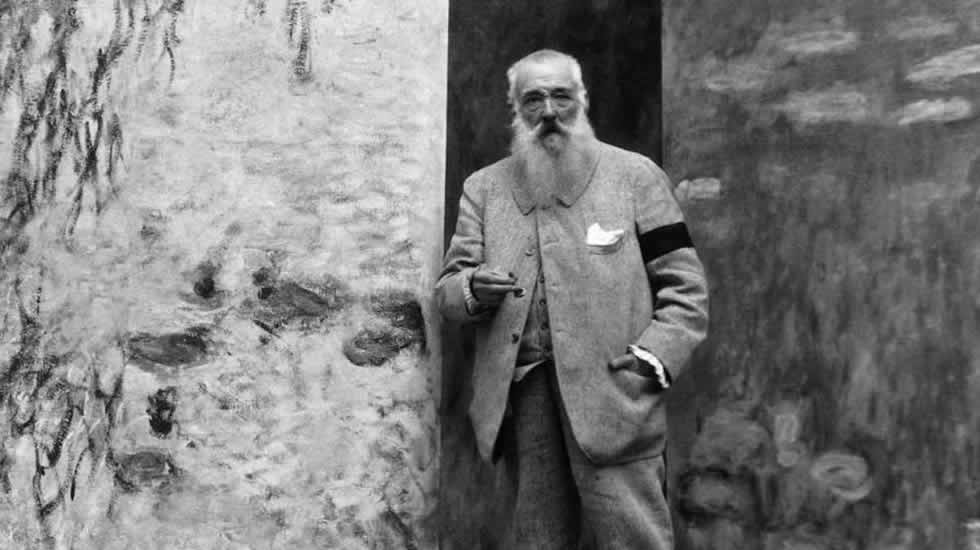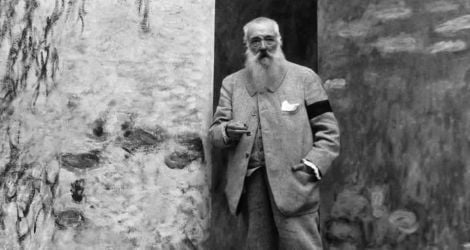Monet oil painting reproductions hand-painted on canvas
Massively Talented Artist — Fantastically Accurate Replica
Oil paint on Cotton Canvas — Exclusive Customer Services

Massively Talented Artist — Fantastically Accurate Replica
Oil paint on Cotton Canvas — Exclusive Customer Services

I am a real Monet specialist, and I've been working on the Impressionists for nearly as long when I started painting, a whopping 30 years ago.
If you order a Monet here, it will be the real deal: oil paint, thick brushstrokes, bright colors, for a stunning artwork.
Not a flat print on canvas or a low-quality painting. Treat yourself with a real, museum-quality copy.

Inspired in part by Édouard Manet, Monet moved away from the clear description of forms and linear perspective that was common at the time. Instead, he tried out loose handling, bright colors, and compositions that were very different from what had come before. The focus of his pictures changed from showing people to showing how the light and atmosphere in each scene were different.
In his later years, Monet also became more aware of how color and shape could be used for decoration. He started to put on paint in smaller strokes, building it up in large fields of color and experimenting with how harmonies and contrasts of color could be used to make a beautiful paint surface. The effects he was able to make, especially in the series of works from the 1890s, were a huge step toward abstraction and a modern style of painting that focused only on the surface.
As a leader and a source of inspiration for the Impressionists, he was critical in getting artists like Pierre-Auguste Renoir, Alfred Sisley, Édouard Manet, and Camille Pissarro to work together in and around Paris. He also helped set up the exhibition club that would show the group's work from 1874 to 1886.
Claude Monet led the French Impressionist style, which was named after a painting he made, Impression, soleil levent (Impression, Sunrise). As a person with an inspiring ability and personality, he was a key part of bringing the group's followers together. Monet was interested in painting outside and catching natural light. Later, he took this style to one of its most famous peaks with his series paintings, which show the same subject from different angles and at different times of the day. He was a master at using color and painting light and atmosphere. His later work often reached a remarkable level of abstraction, which has led many abstract artists to admire him.